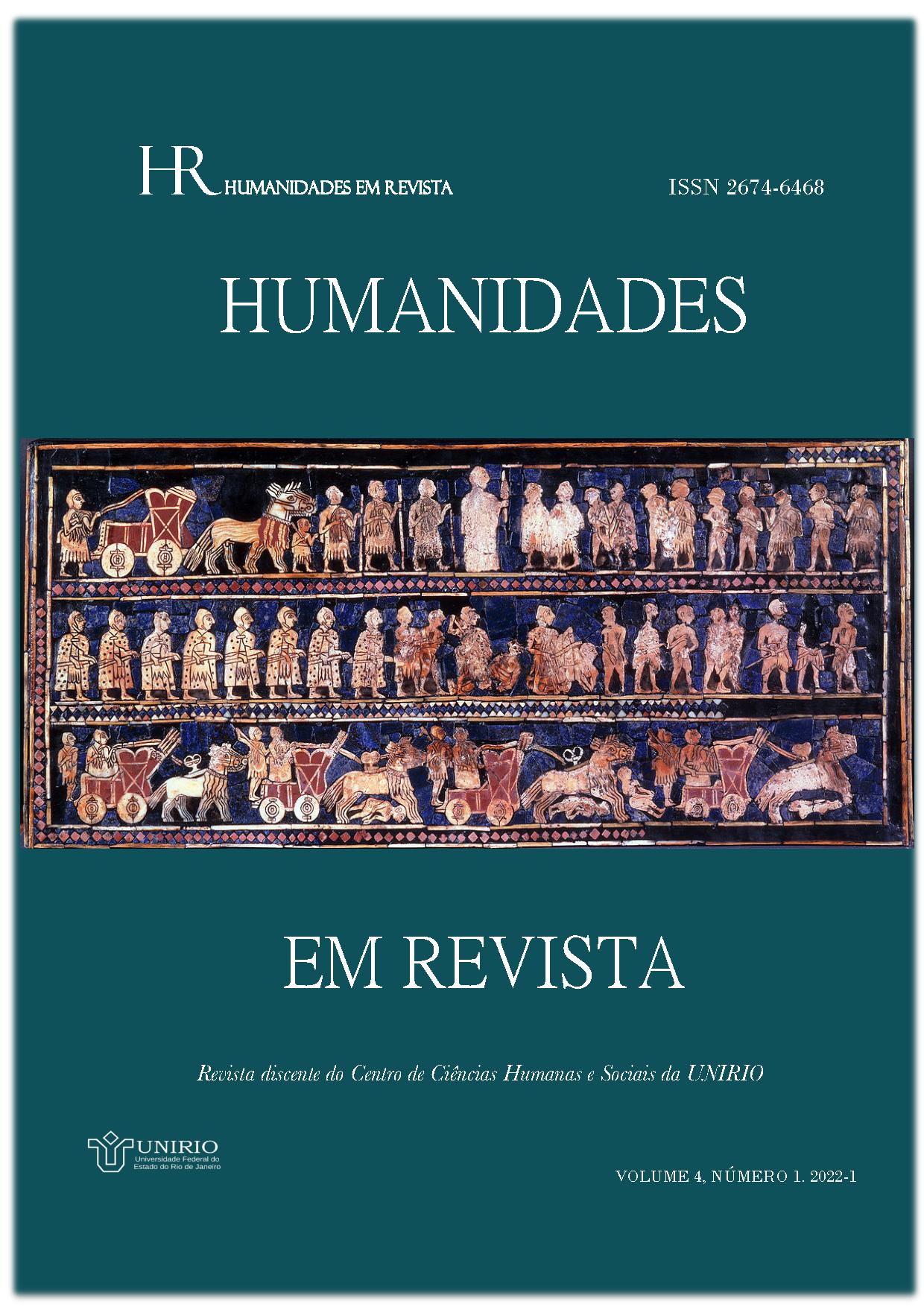THE CONSTRUCTION OF THE BRAZILIAN GOVERNMENT'S RESPONSES TO AIDS:
REPRESENTATIONS OF THE DISEASE AND THE POWER OF ACTIVISM (1982-1996)
Keywords:
Aids; representation of Aids; activism; NGOs-Aids treatment-prevention.Abstract
The proposal of this article consists of a literature review on the construction of the Brazilian Government's responses to HIV/AIDS between 1983, when the first cases of HIV infection in the country were registered, and 1996, when it was implemented in the Unified Health System (SUS), the policy of universal access to antiretroviral therapy. These are studies (of humanities, social sciences, social medicine, and collective health) that address, in this context, the fight against AIDS and the elaboration of public policies for treatment and prevention. We will emphasize how, in these works, the authors considered as fundamental components for their analyses: the social representations of AIDS and the actions of activists and NGOs/AIDS that subverted the logic of verticality (from the top to the bottom) of power and were decisive forces for the State to draw up strong policies for prevention, treatment and assistance based on the principles of health reform and the SUS.
Downloads
Published
How to Cite
Issue
Section
License
Copyright (c) 2022 Ana Cláudia Teixeira de Lima

This work is licensed under a Creative Commons Attribution-NonCommercial-NoDerivatives 4.0 International License.
Os direitos autorais de qualquer trabalho publicado na Revista pertencerão aos autores. Não haverá qualquer pagamento pela publicação na Revista e a aceitação dos originais implicará na aceitação das condições descritas nas informações sobre a revista constantes do escopo e de todas as regras apresentadas, assim como o respeito à legislação e às normas vigentes concernentes a publicações. A UNIRIO e seus entes subordinados não se responsabilizarão por quaisquer equívocos, questões e contendas entre autores, participantes e/ou entes institucionais que sobrevenham às publicações. O e-mail do autor será disponibilizado no trabalho.
A revista oferece acesso livre imediato ao seu conteúdo, seguindo o princípio de que disponibilizar gratuitamente o conhecimento científico ao público proporciona maior democratização mundial do conhecimento, sempre dentro dos limites da legislação de direito de autor e de direitos conexos. É adotada a licença Crative Commons do tipo “Atribuição-Não Comercial-Sem Derivações 4.0 Internacional (CC BY-NC-ND 4.0)”, acessível em: https://creativecommons.org/licenses/by-nc-nd/4.0/legalcode.pt , segundo a qual, em linhas gerais, é permitindo fazer o download dos trabalhos e o seu compartilhamento para fins educacionais, desde que sejam atribuídos os créditos a seus autores, citando também o repositório dos trabalhos, e sem que se possa alterar o material de nenhuma forma ou utilizá-lo para fins comerciais.





 Qualis/CAPES 2017- 2020 B4
Qualis/CAPES 2017- 2020 B4 Diretório das revistas científicas eletrônicas brasileiras
Diretório das revistas científicas eletrônicas brasileiras




